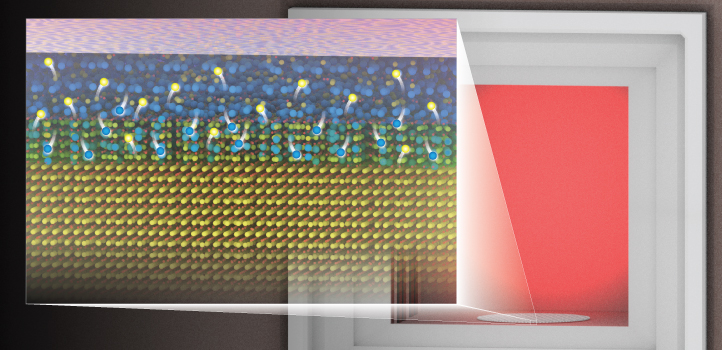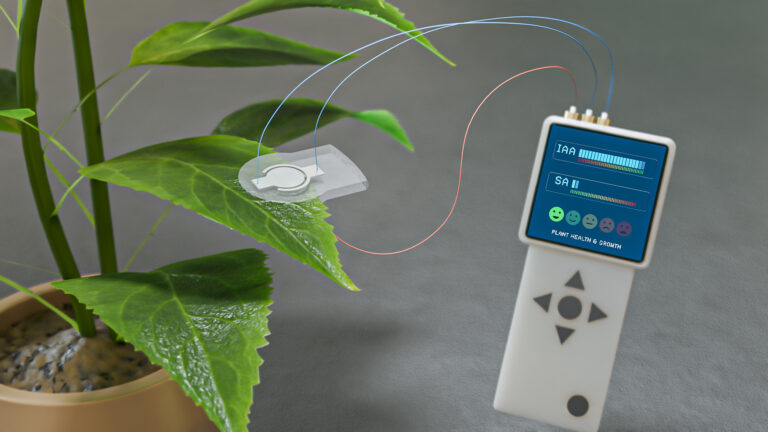Electrical Engineering
Breaking records like baking bread
Researchers have made unparalleled ultrawide-bandgap semiconductors through temperature and timing, just like baking bread.

Alloying, the process of mixing metals in different ratios, has been a known method for creating materials with enhanced properties for thousands of years, ever since copper and tin were combined to form the much harder bronze. Despite its age, this technology remains at the heart of modern electronics and optics industries. Semiconducting alloys, for instance, can be engineered to optimize a device’s electrical, mechanical and optical properties.
Alloys of oxygen with group III elements, such as aluminum, gallium, and indium, are important semiconductor materials with vast applications in high-power electronics, solar-blind photodetectors and transparent devices. The defining property of a semiconductor is its bandgap, a barrier over which only electrons with the required energy can pass. Beta-phase aluminum gallium oxides are notable because of their relatively large bandgap, but most III-O alloys are expensive to make and of unsatisfactory quality.
Che-Hao Liao and co-workers in Xiaohang Li’s group have invented a technique similar to bread baking to create high-quality aluminum gallium oxides in a common furnace. “We have demonstrated a simple and efficient method called thermal interdiffusion alloying (TIA) to achieve high-quality thin films while also being able to control the composition with the temperature and time,” says Liao.
Liao and the team started by making the “dough” of common gallium oxide templates on sapphire substrates. They then heated the samples to a high temperature between 1,000 to 1,500 degrees Celsius in the furnace. In bread baking, the heating process hardens the gluten and solidifies the dough. In their study, the heating causes the aluminum atoms to slowly diffuse from sapphire into gallium oxide and the gallium atoms to move in the opposite direction to mix and create aluminum gallium oxide alloy. Higher temperatures and a longer process result in more interdiffusion, producing alloys with higher aluminum composition.
The choice of annealing temperature and time enabled better control over the aluminum composition, varying between 0 and 81 percent, which is a record high for an alloy corresponding to a very wide bandgap range. “We have demonstrated that TIA is an excellent new technique to control the essential thin film properties, including the composition, bandgap and thickness,” explains Liao.
The KAUST researchers see TIA as a pathway to improved electronics and photonics devices to overcome challenges such as reducing carbon emissions and improving health and safety. “We are now applying TIA for next-generation device research,” says Liao.
References
-
Liao, C.-H., Li, K.-H., Torres-Castanedo, C.G., Zhang, G. & Li, X. Wide range tunable bandgap and composition β-phase (AlGa)2O3 thin film by thermal annealing. Applied Physics Letters 118, 032103 (2021).| article
You might also like

Bioengineering
Smart patch detects allergies before symptoms strike

Computer Science
Green quantum computing takes to the skies

Electrical Engineering
Micro-LEDs boost random number generation

Bioengineering
Sensing stress to keep plants safe

Computer Science
Sweat-sniffing sensor could make workouts smarter

Electrical Engineering
New tech detects dehydration by touching a screen

Electrical Engineering
A new interface for efficient electronics

Electrical Engineering




